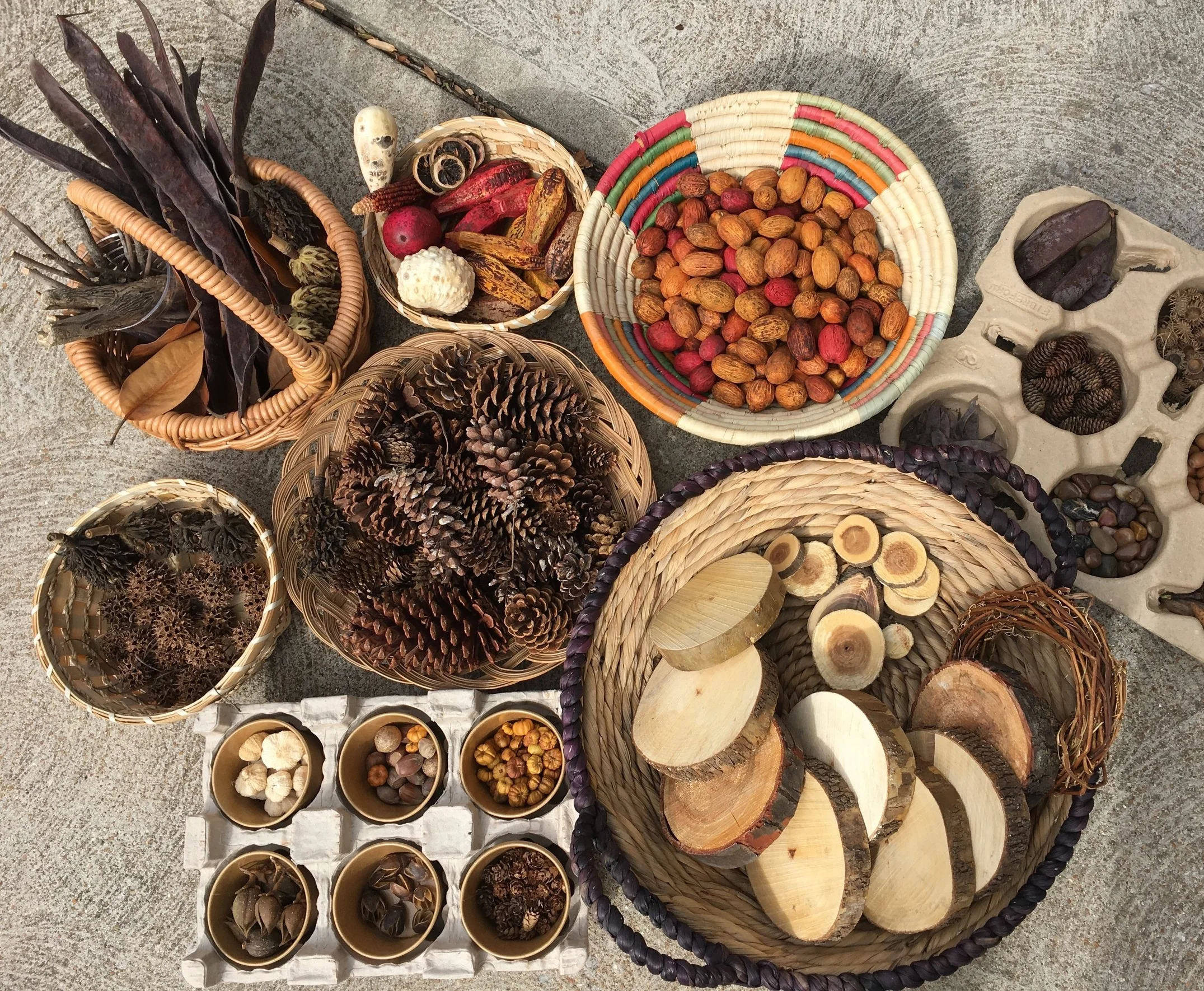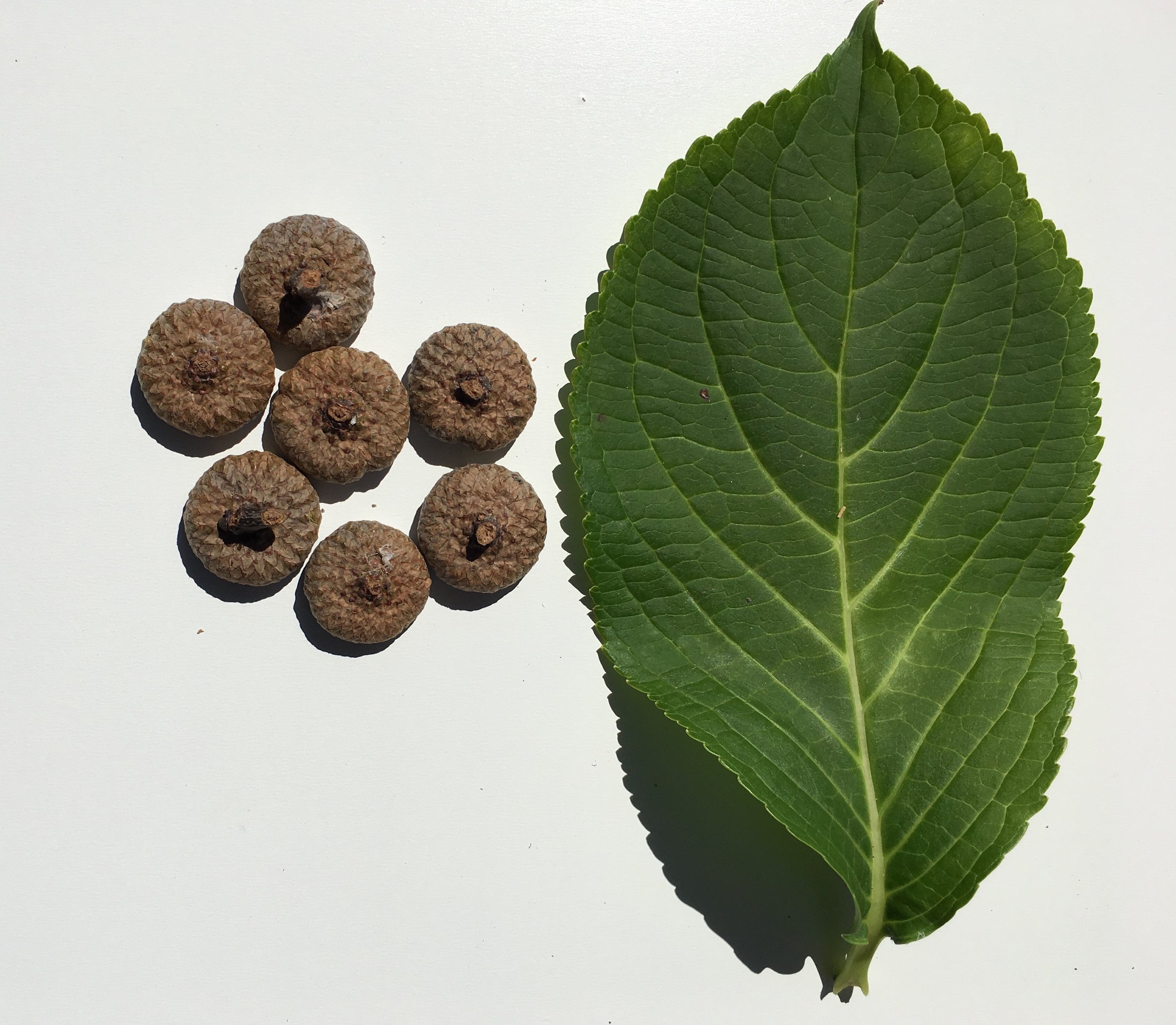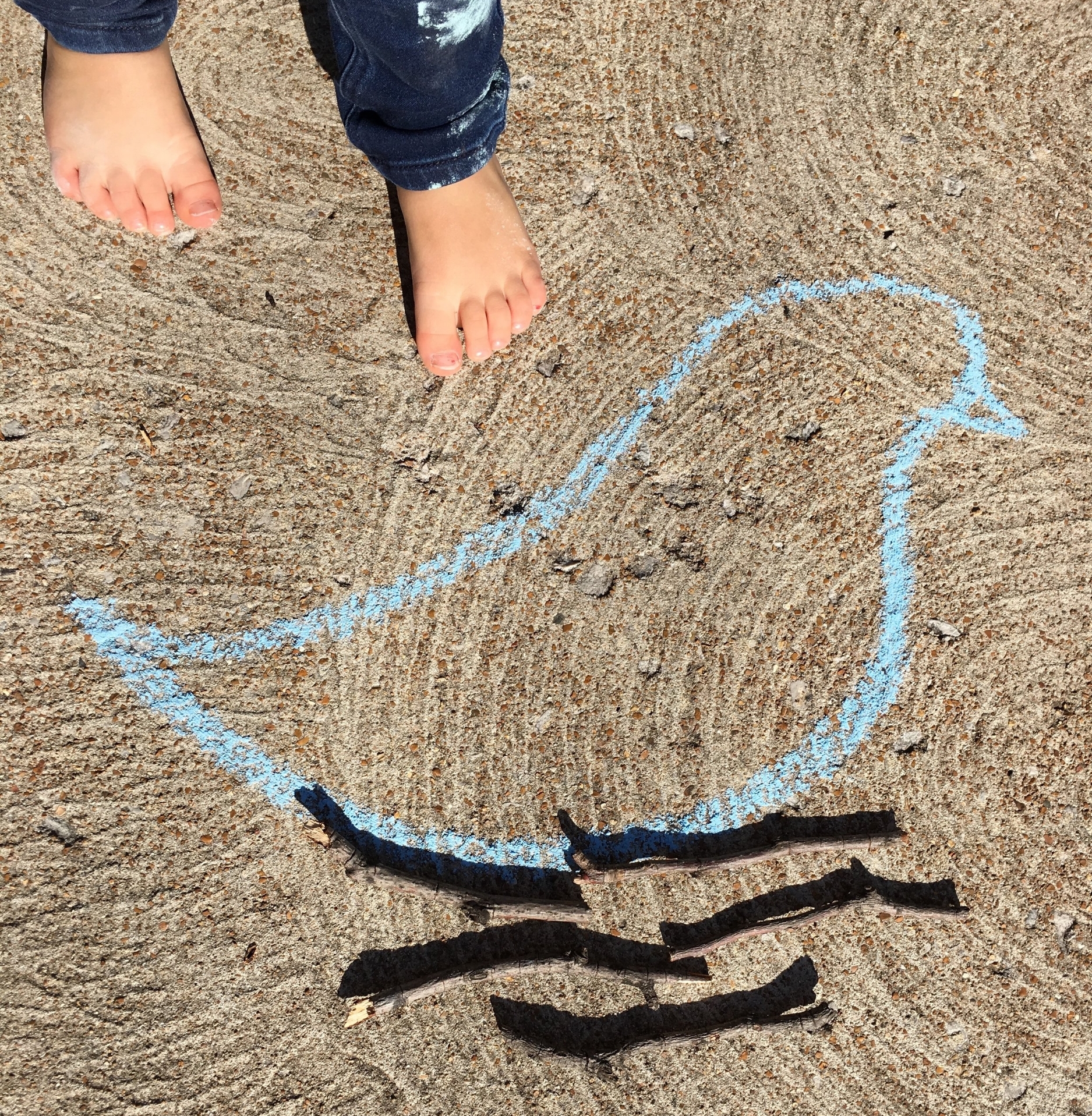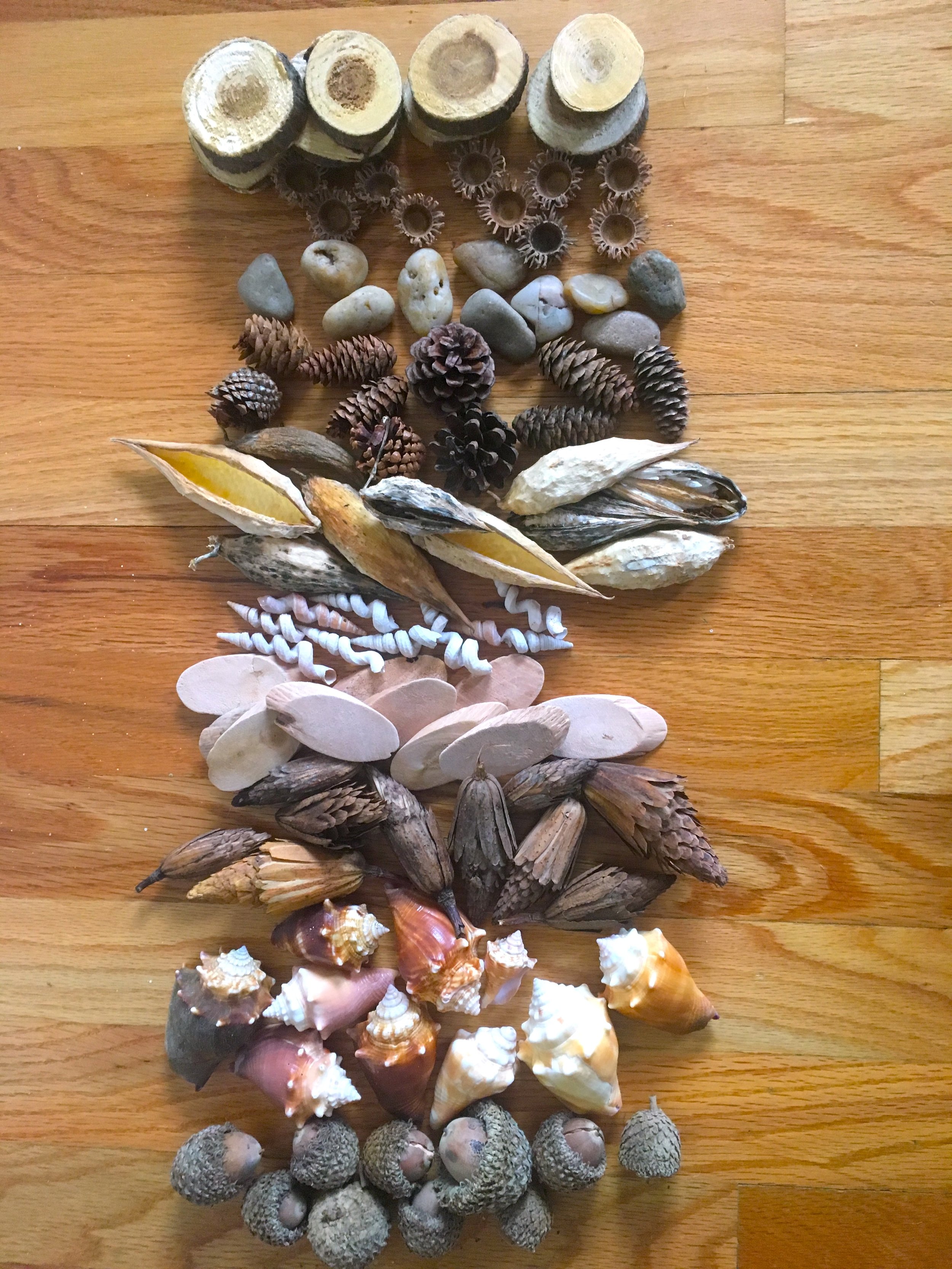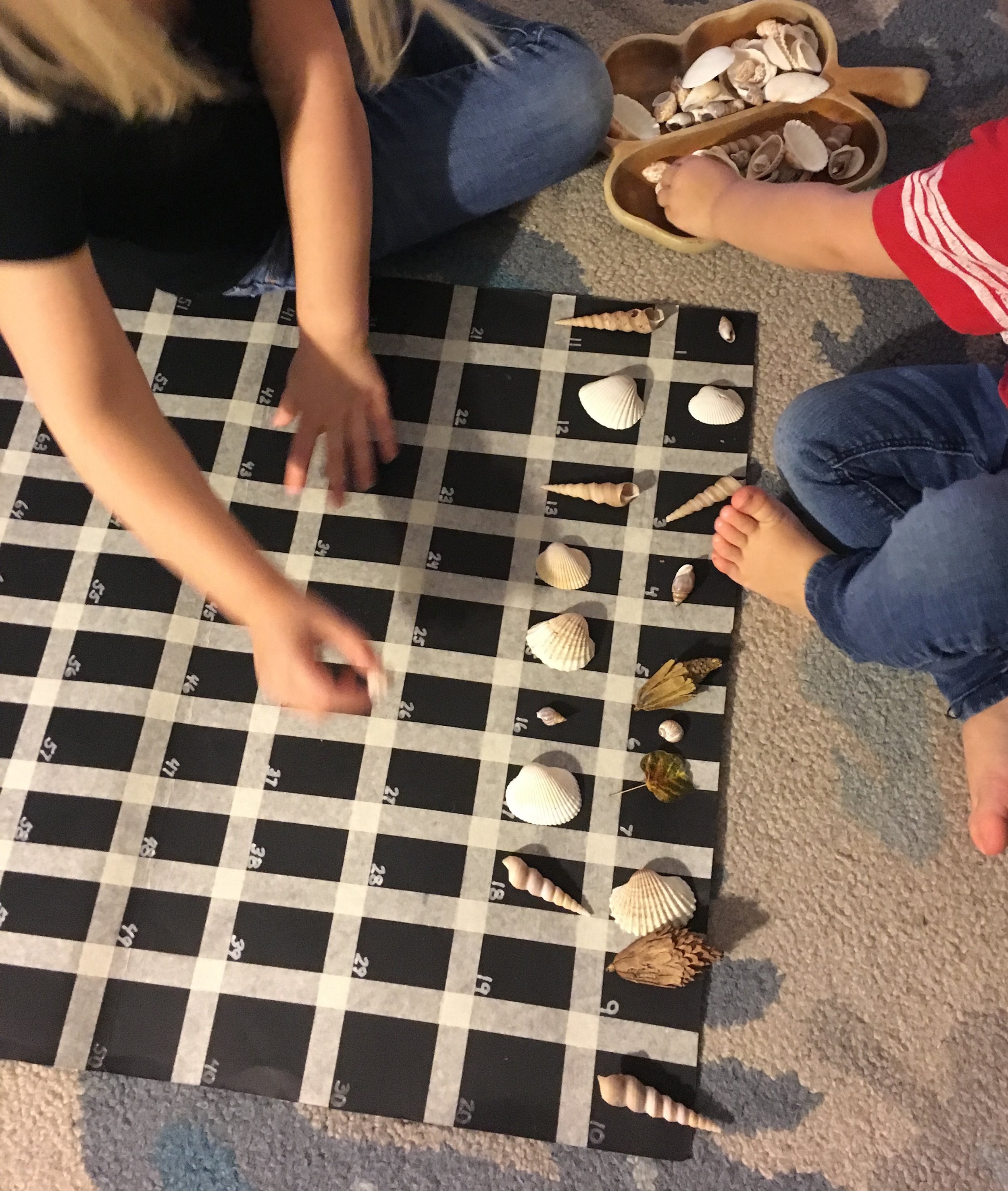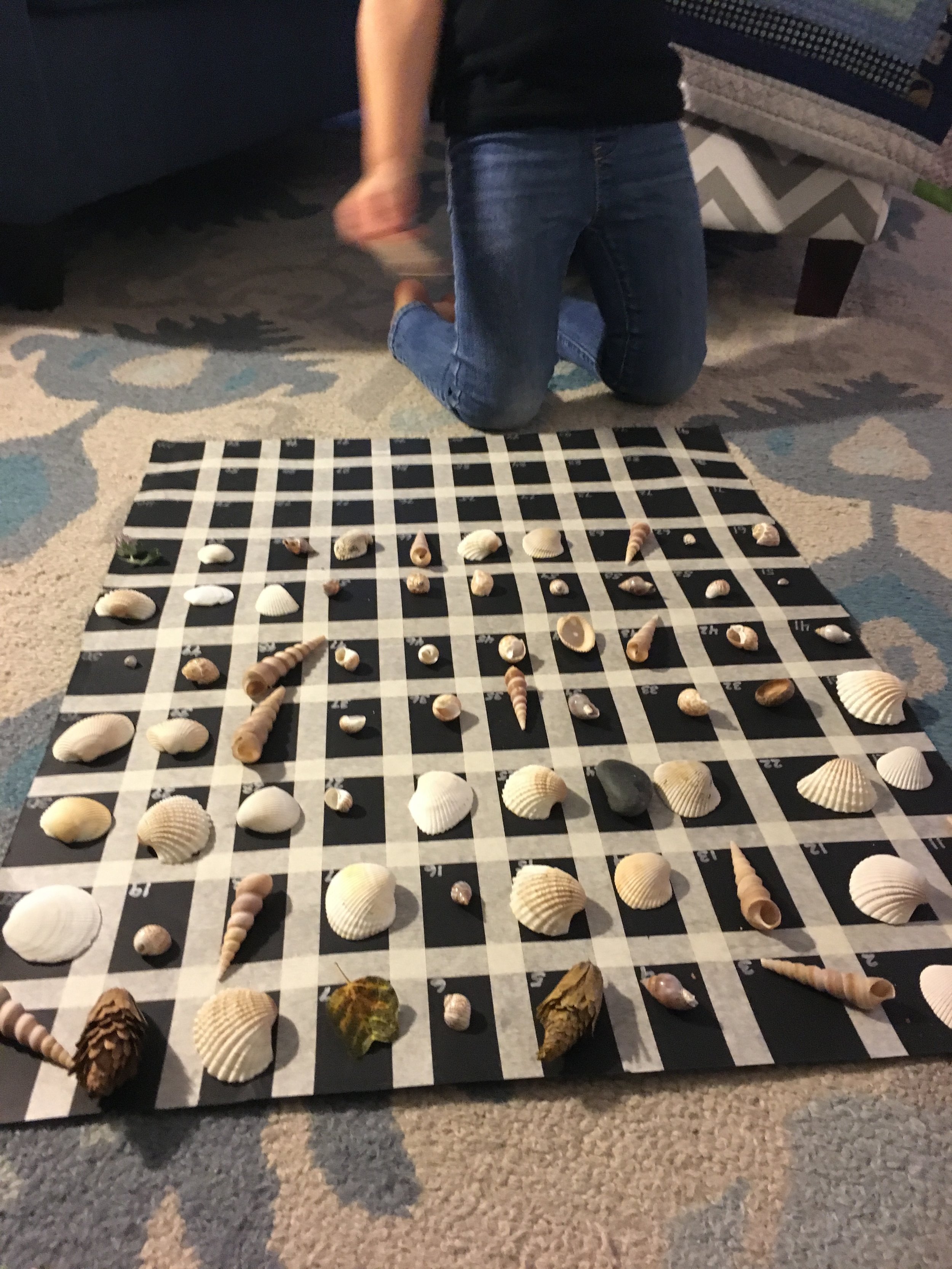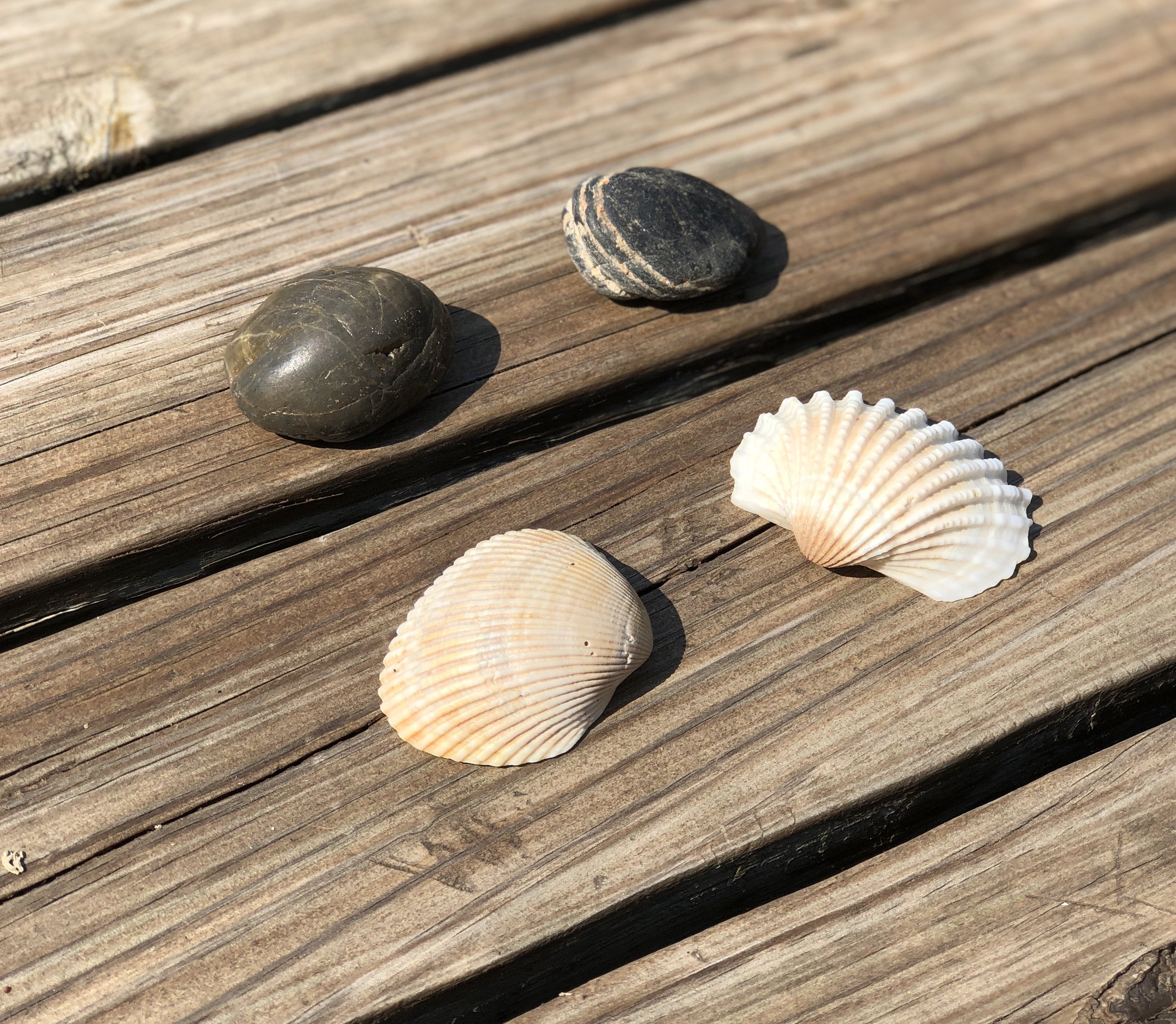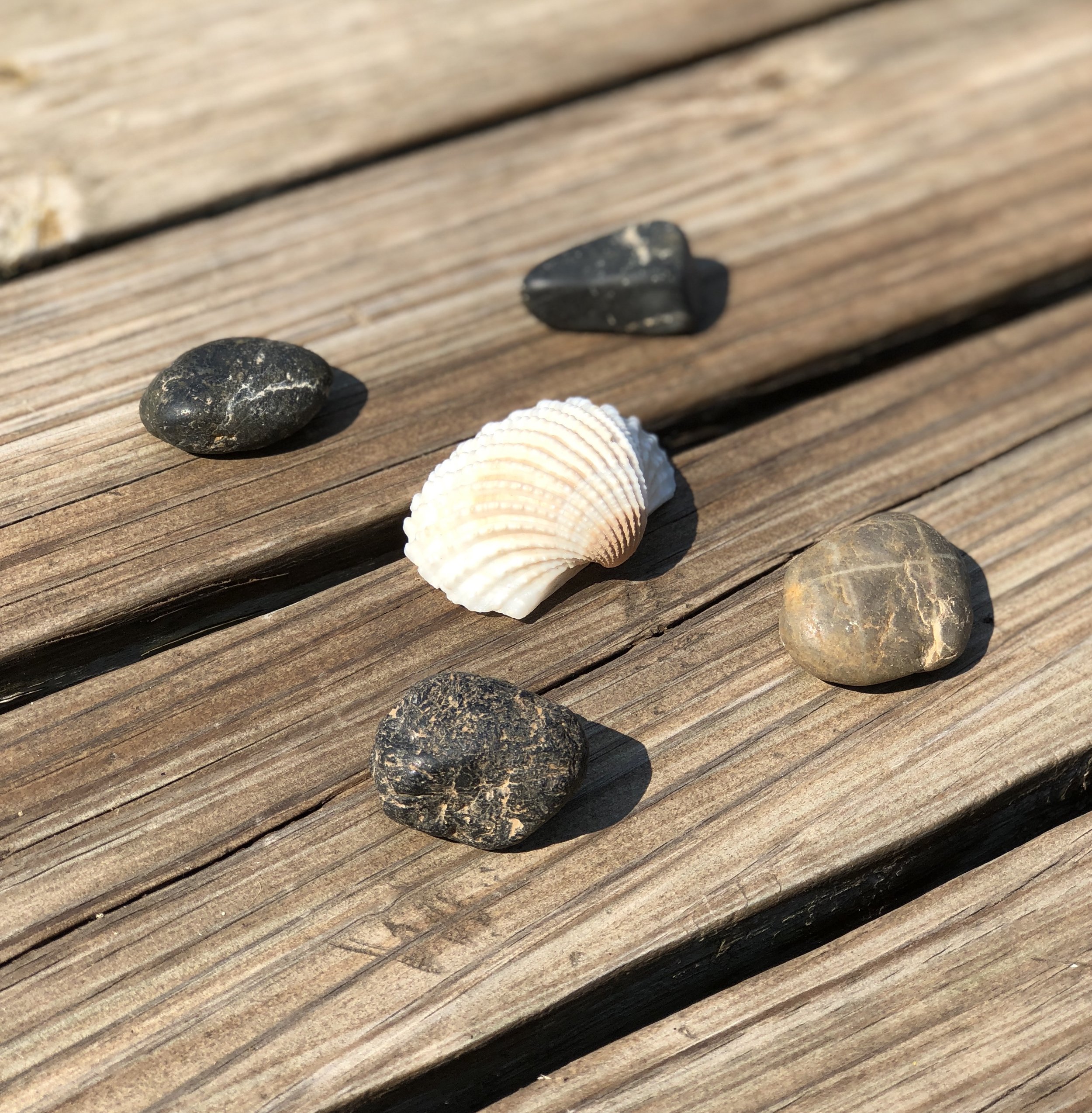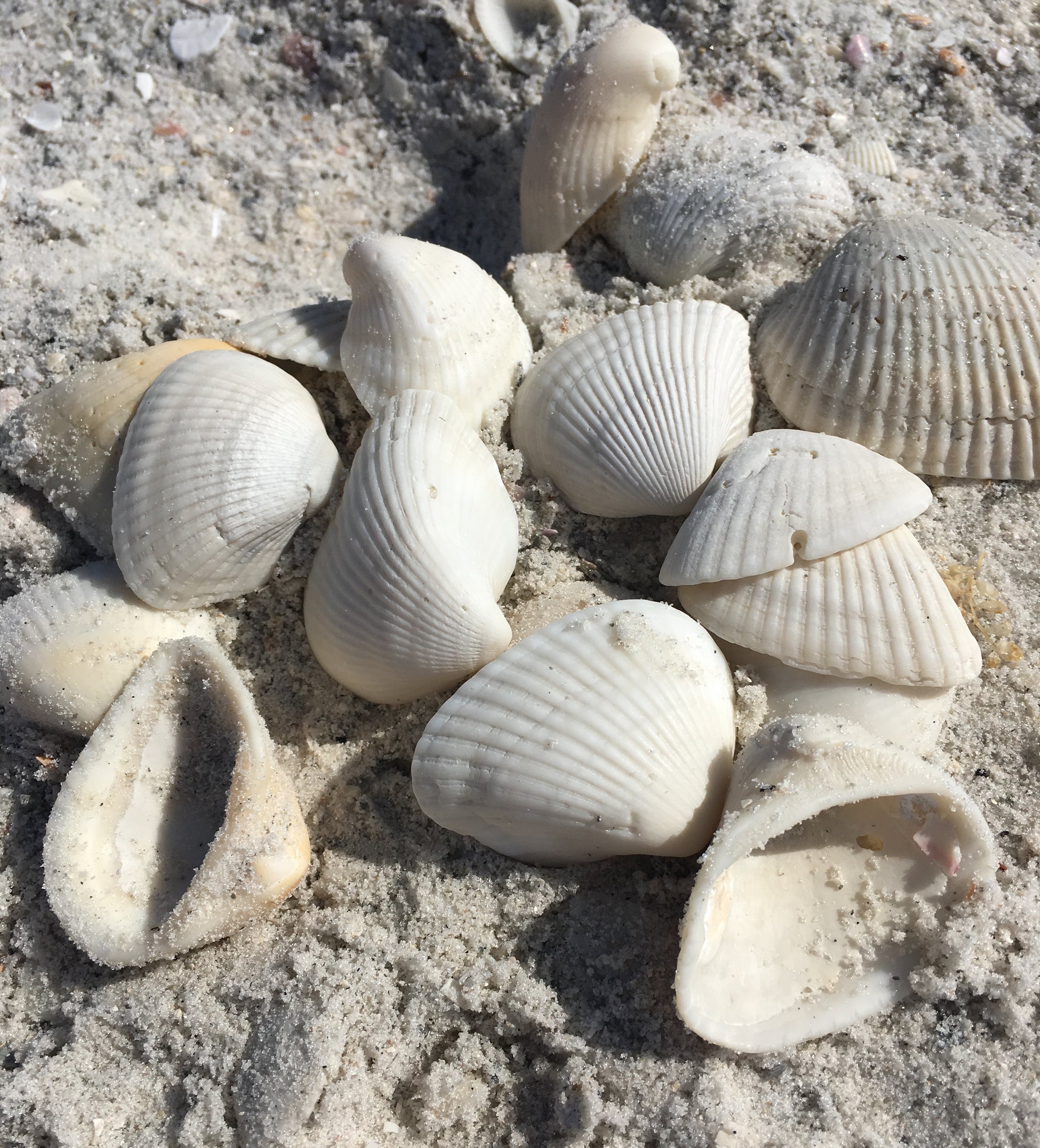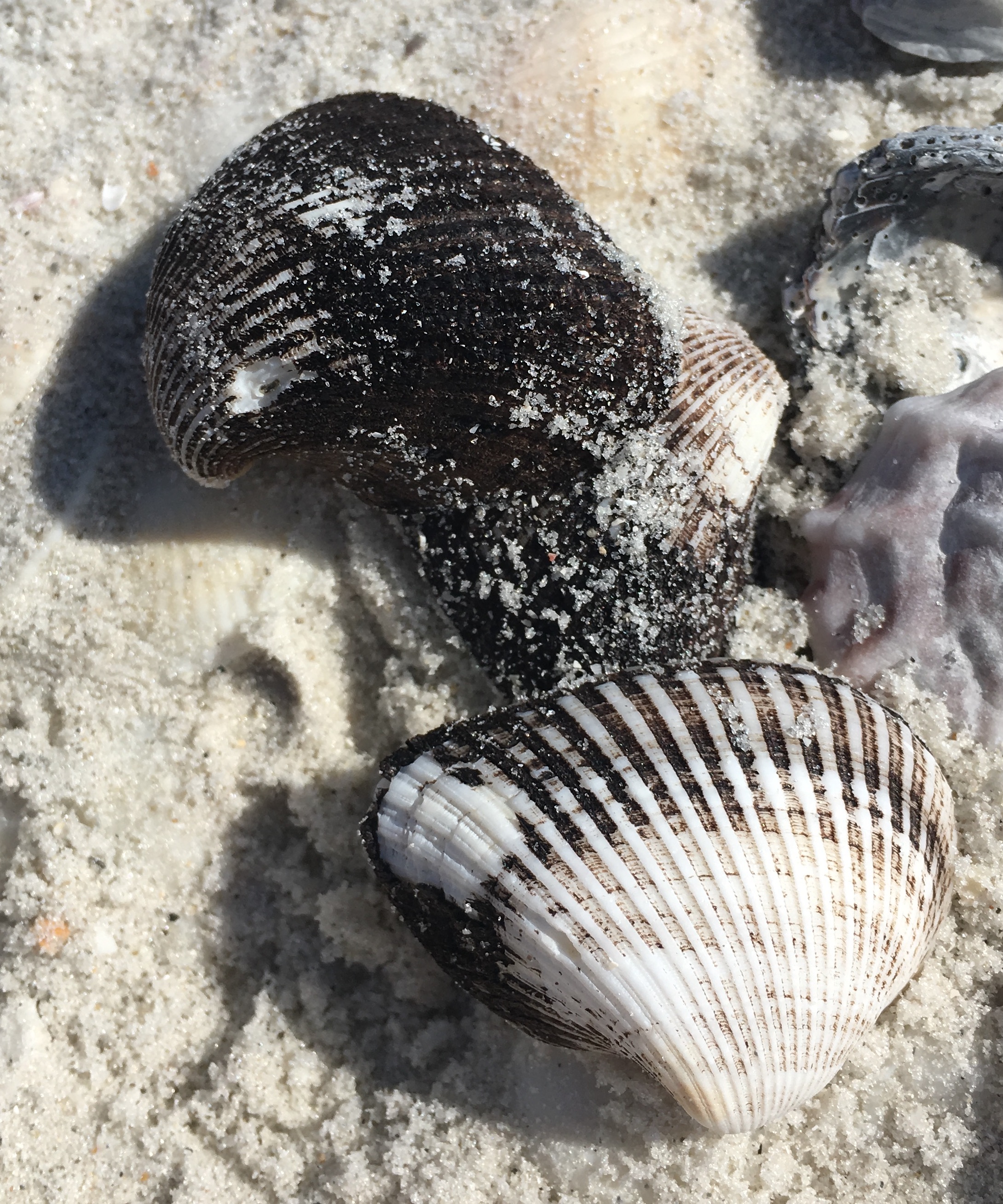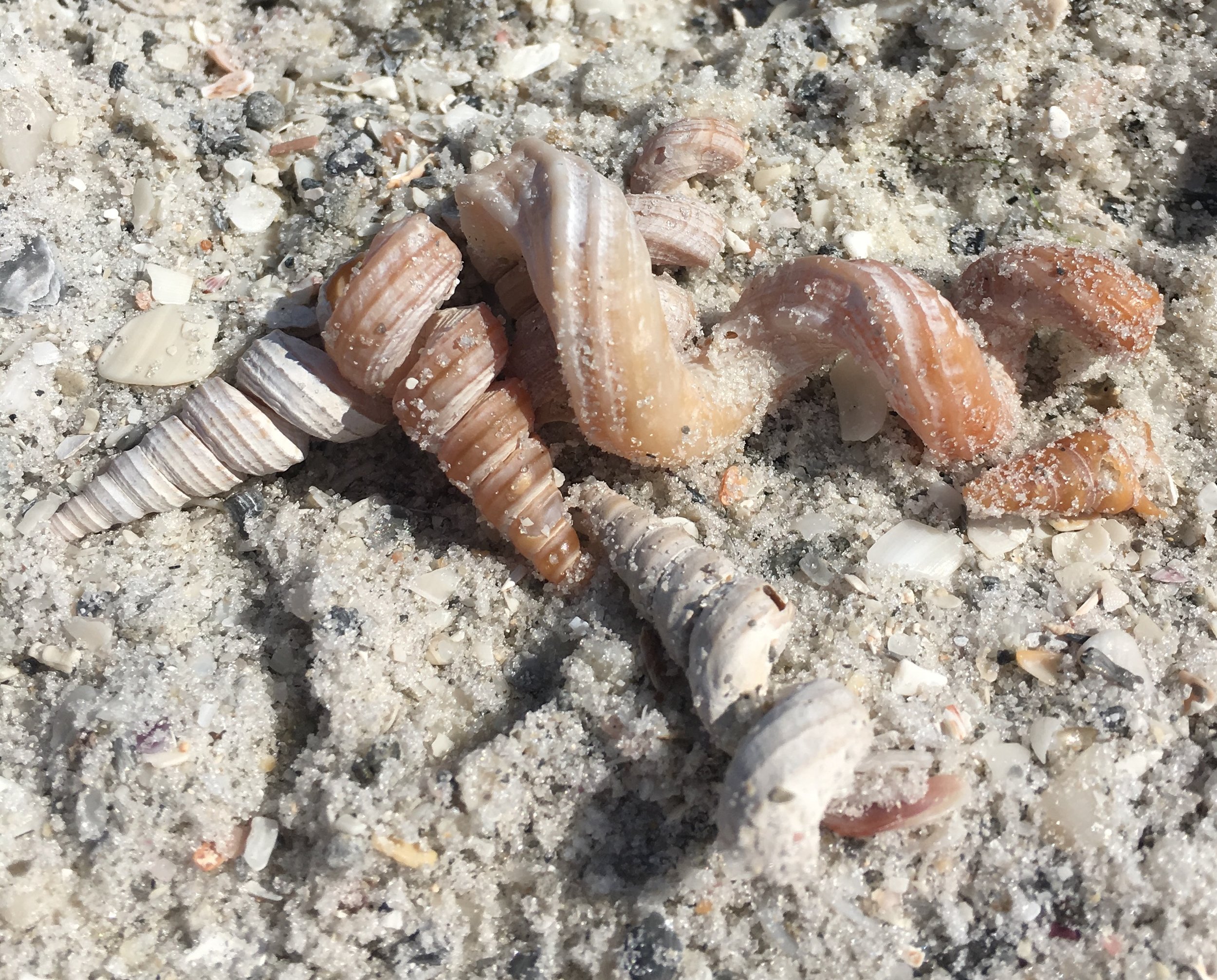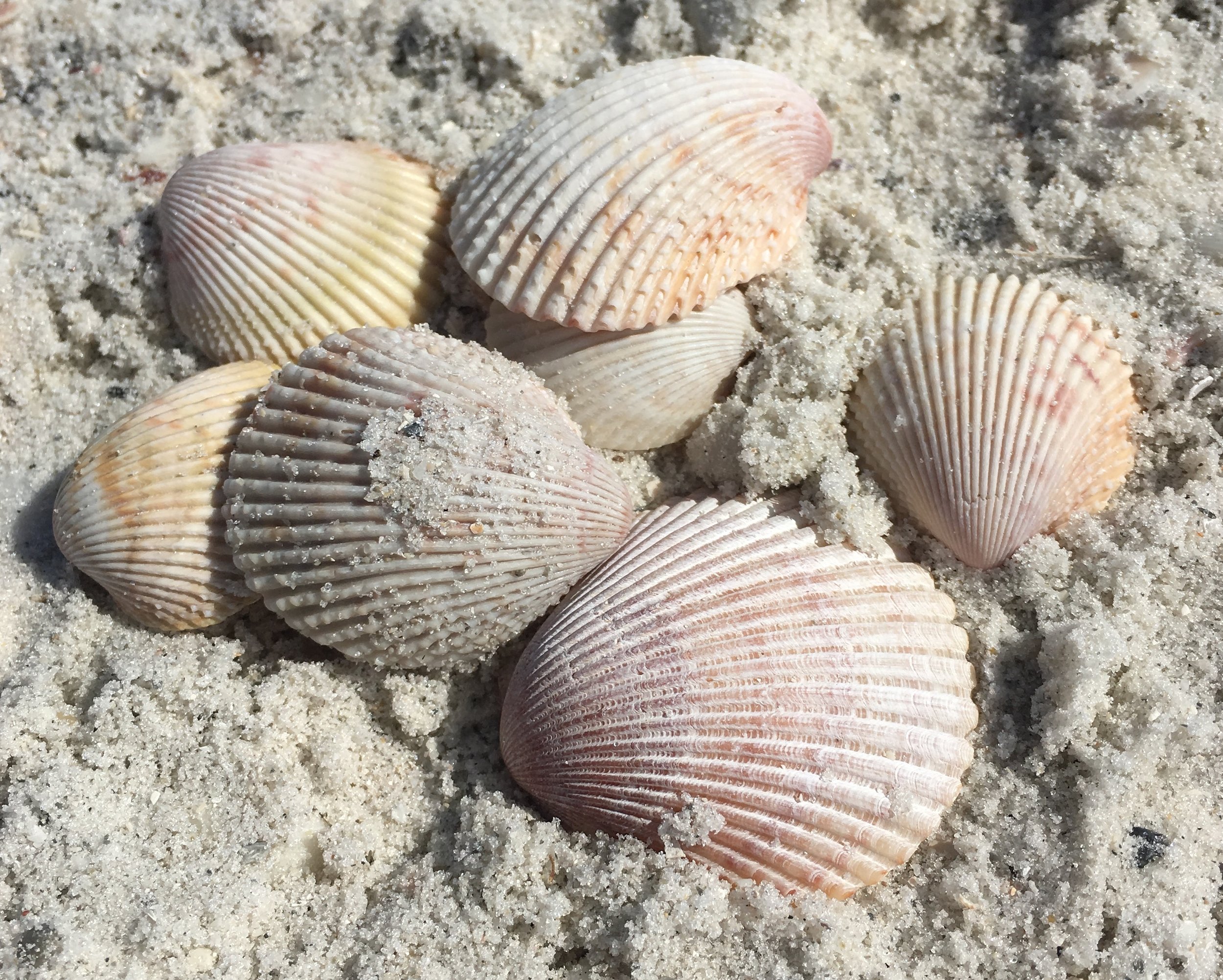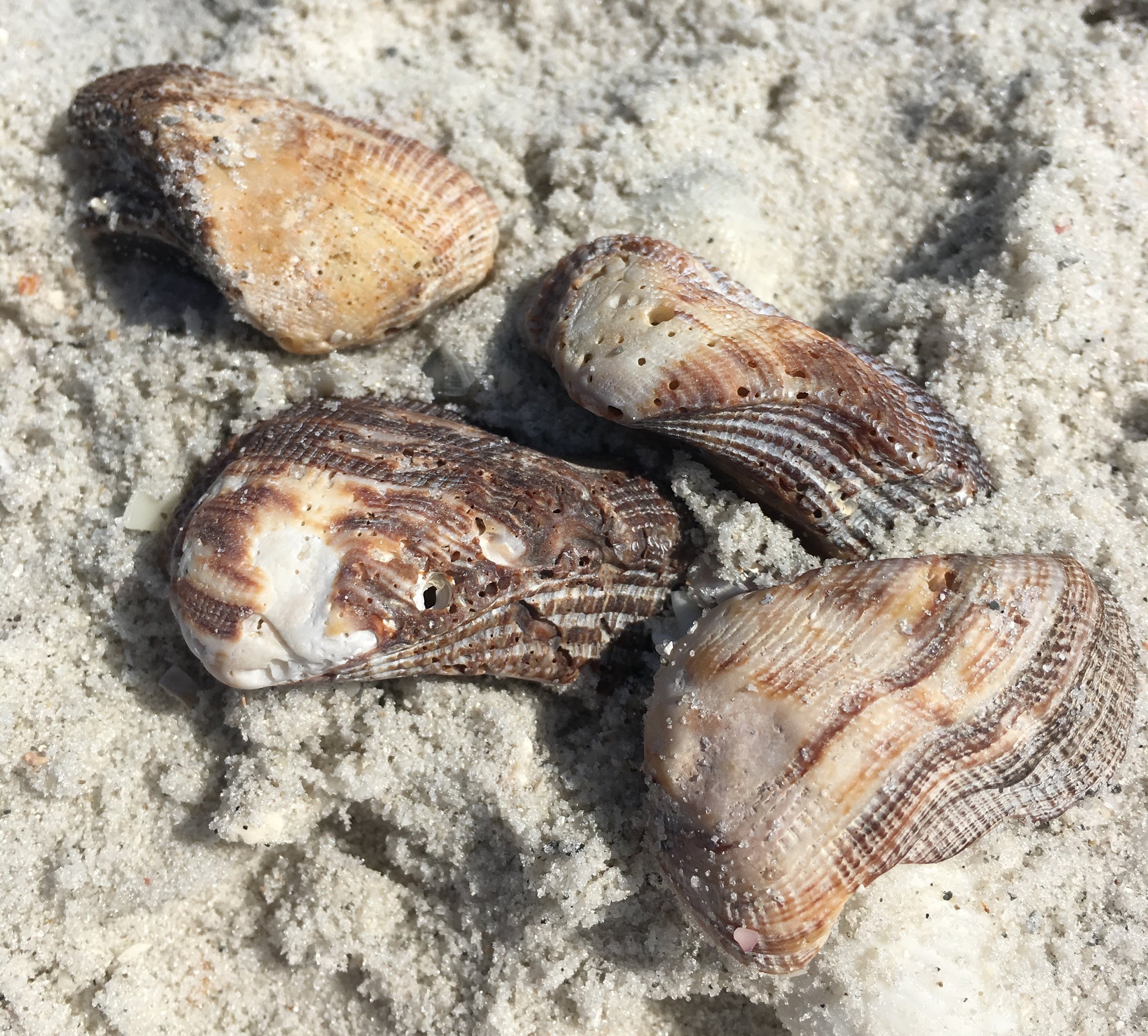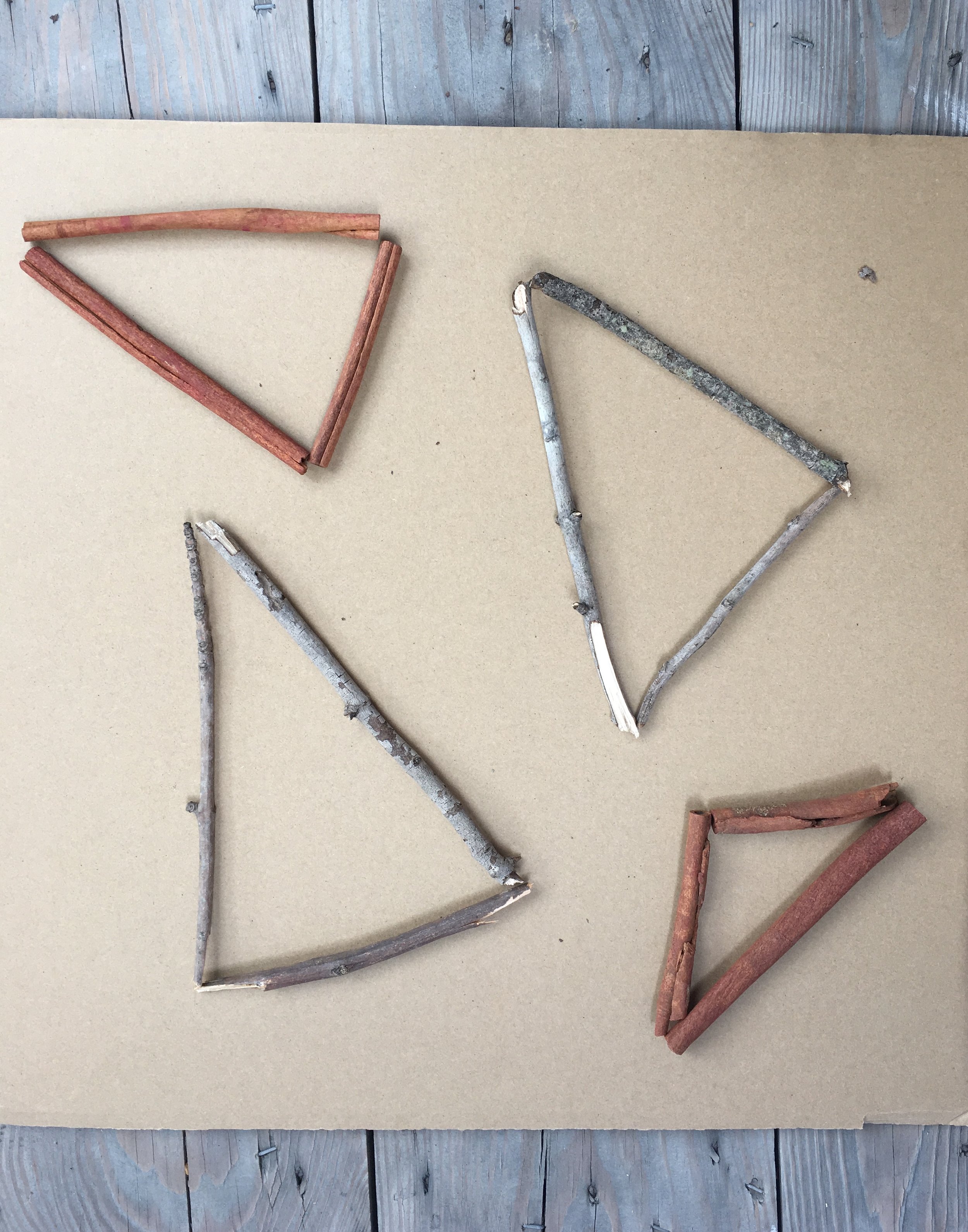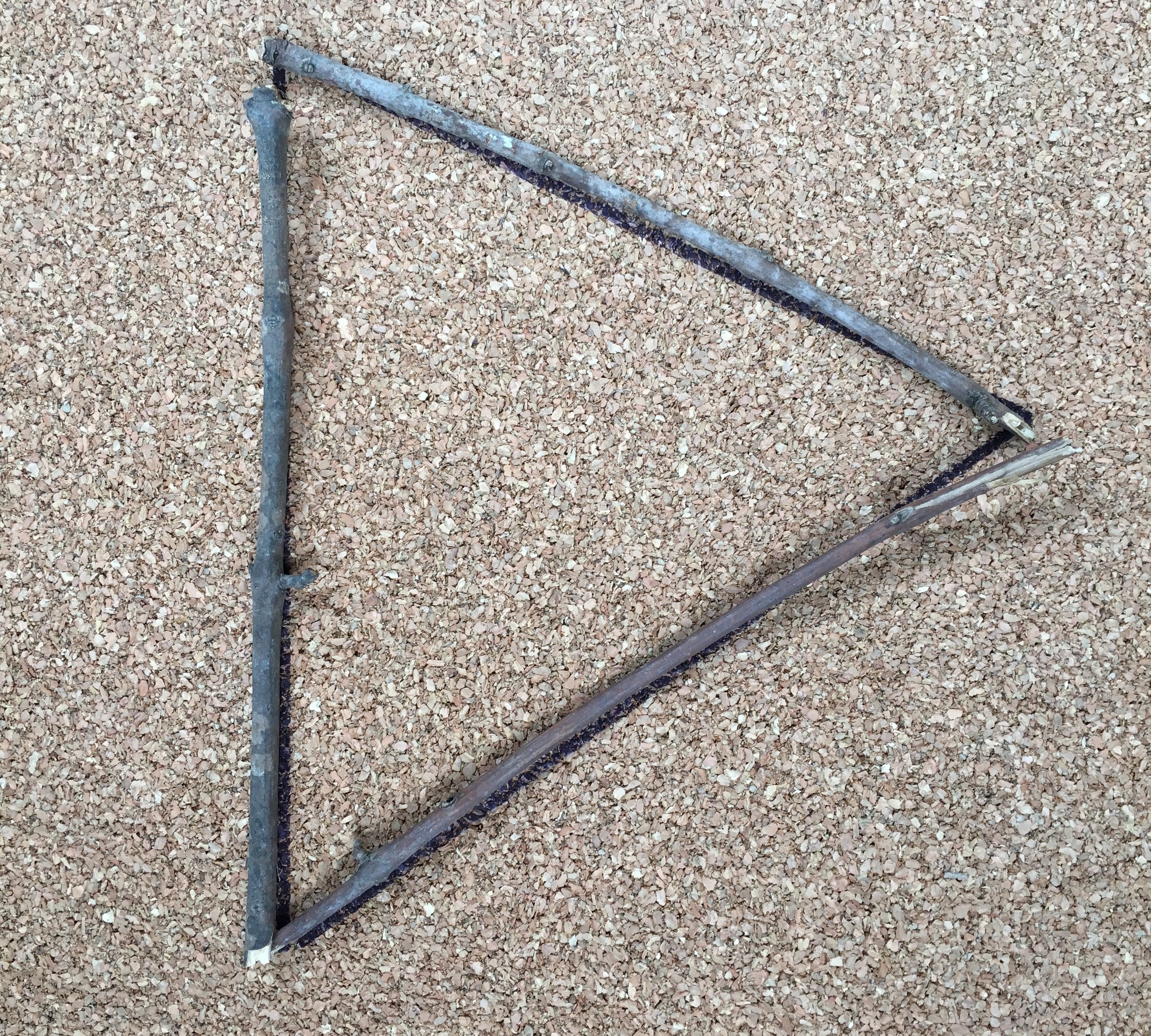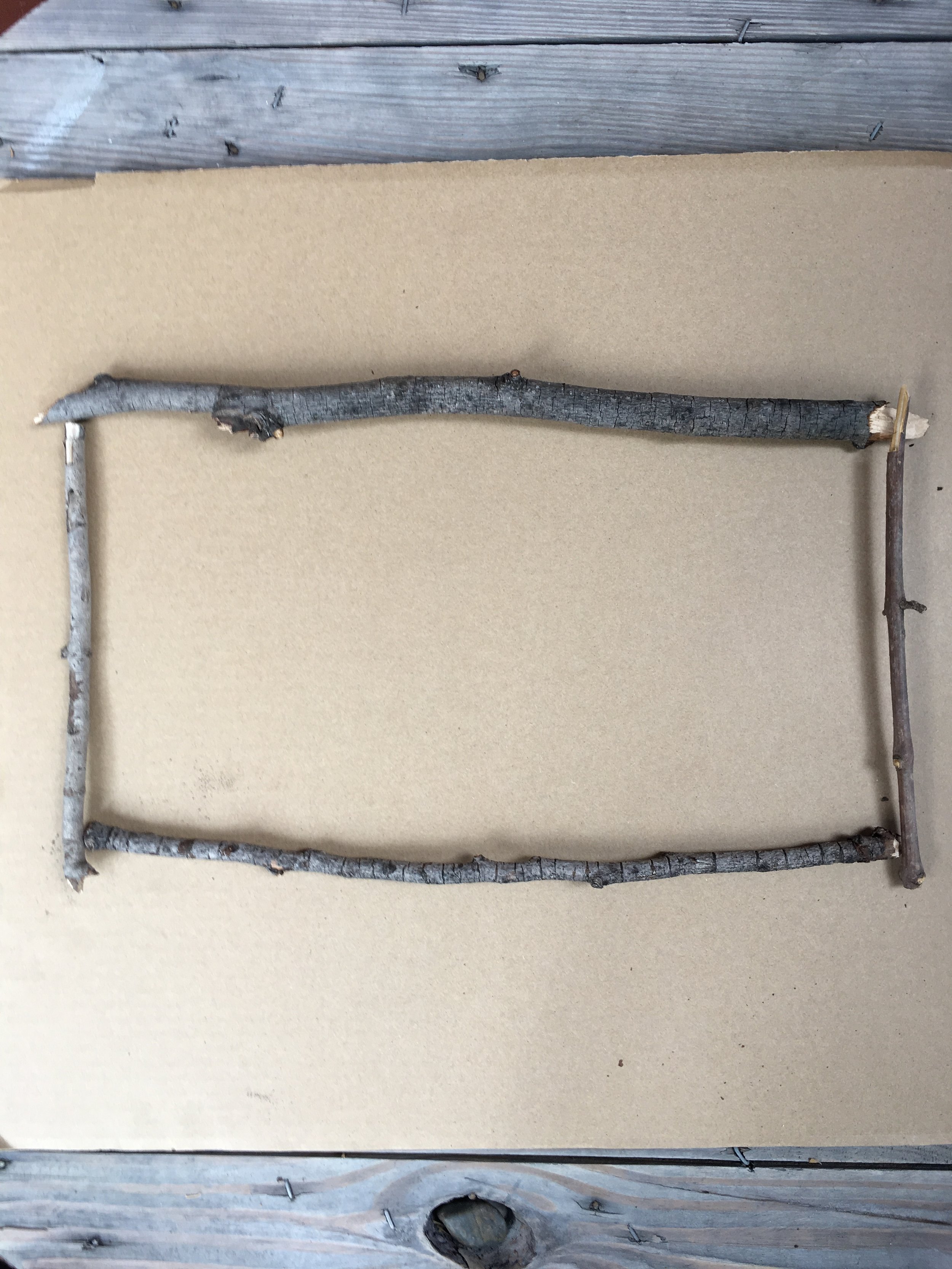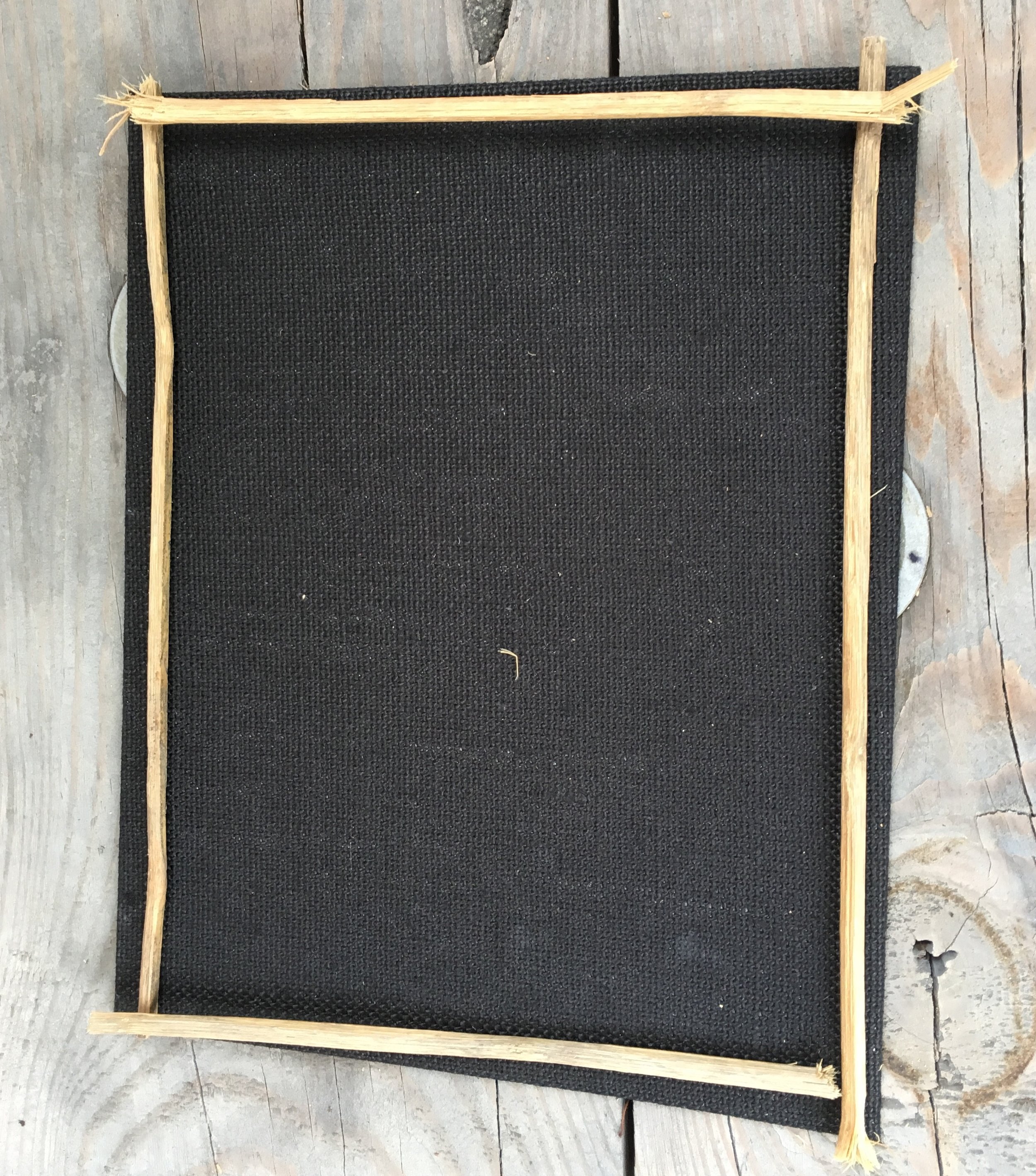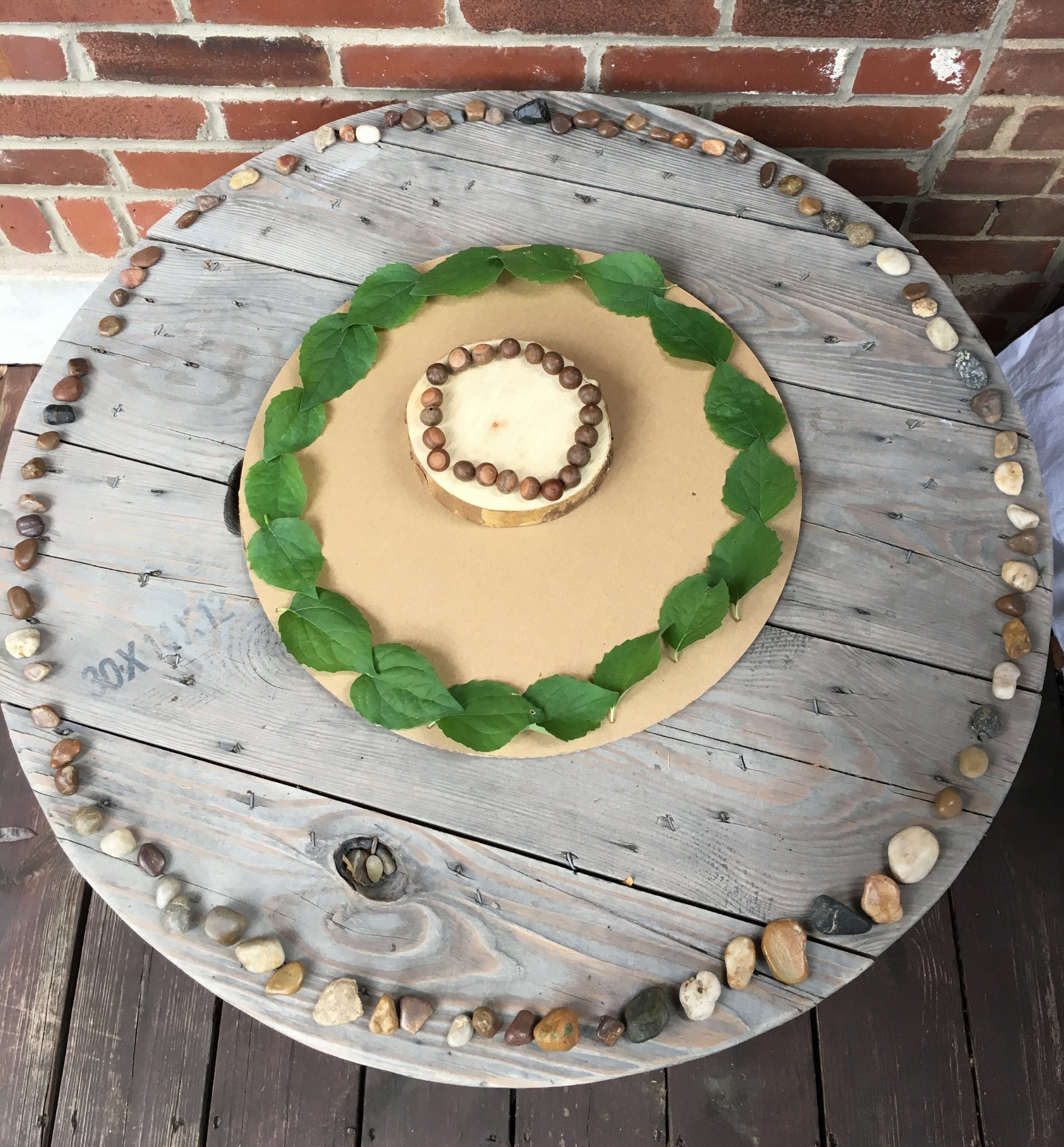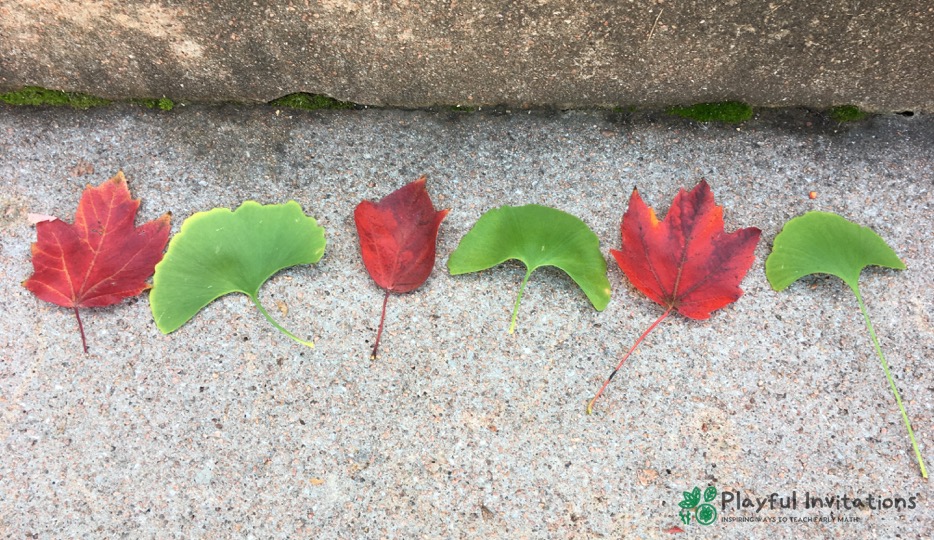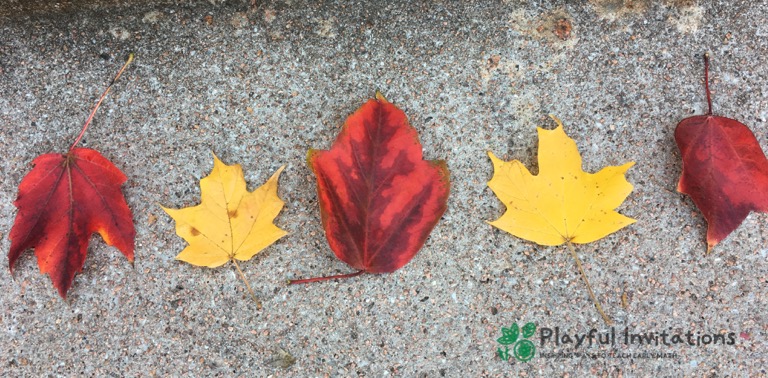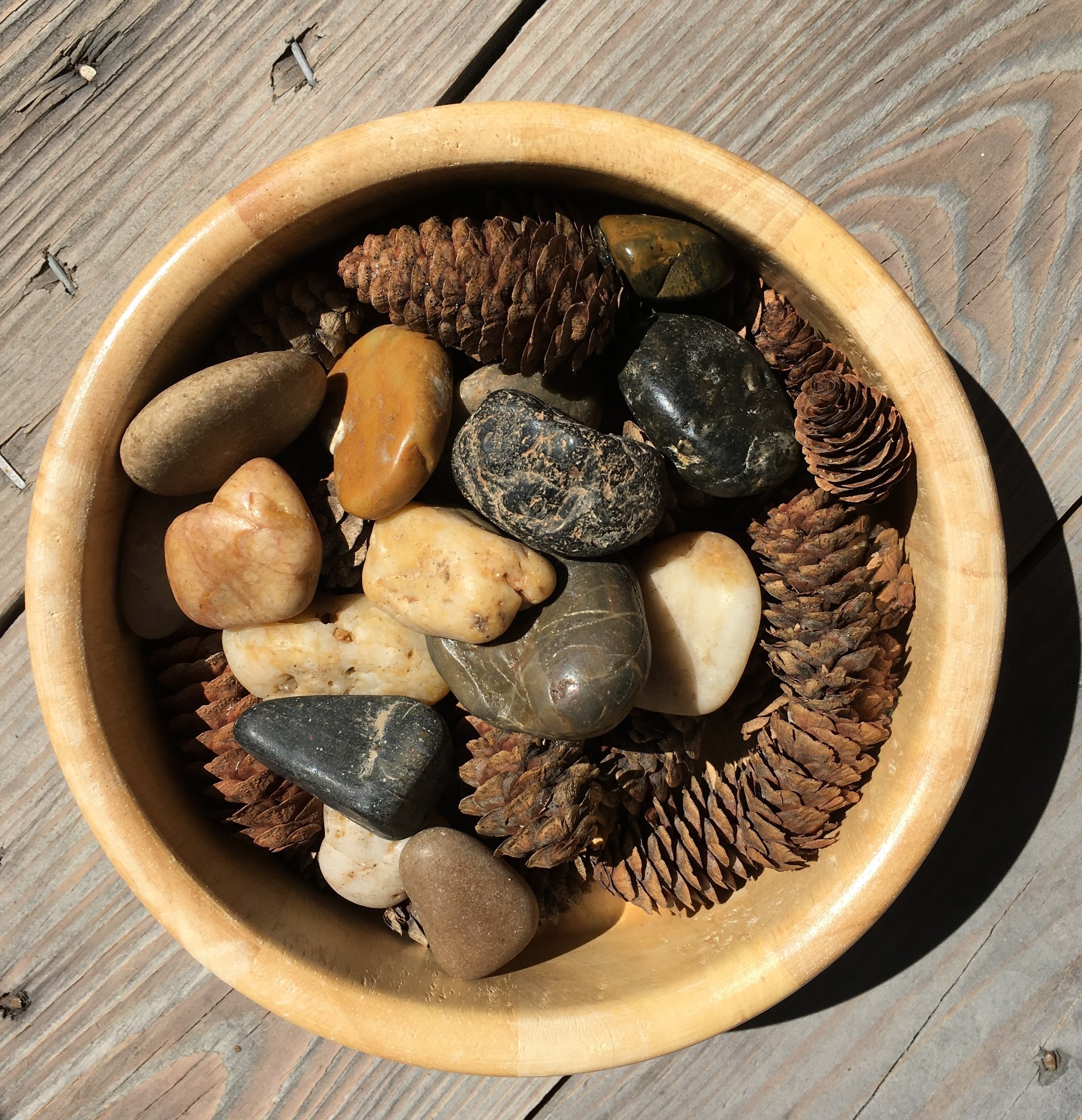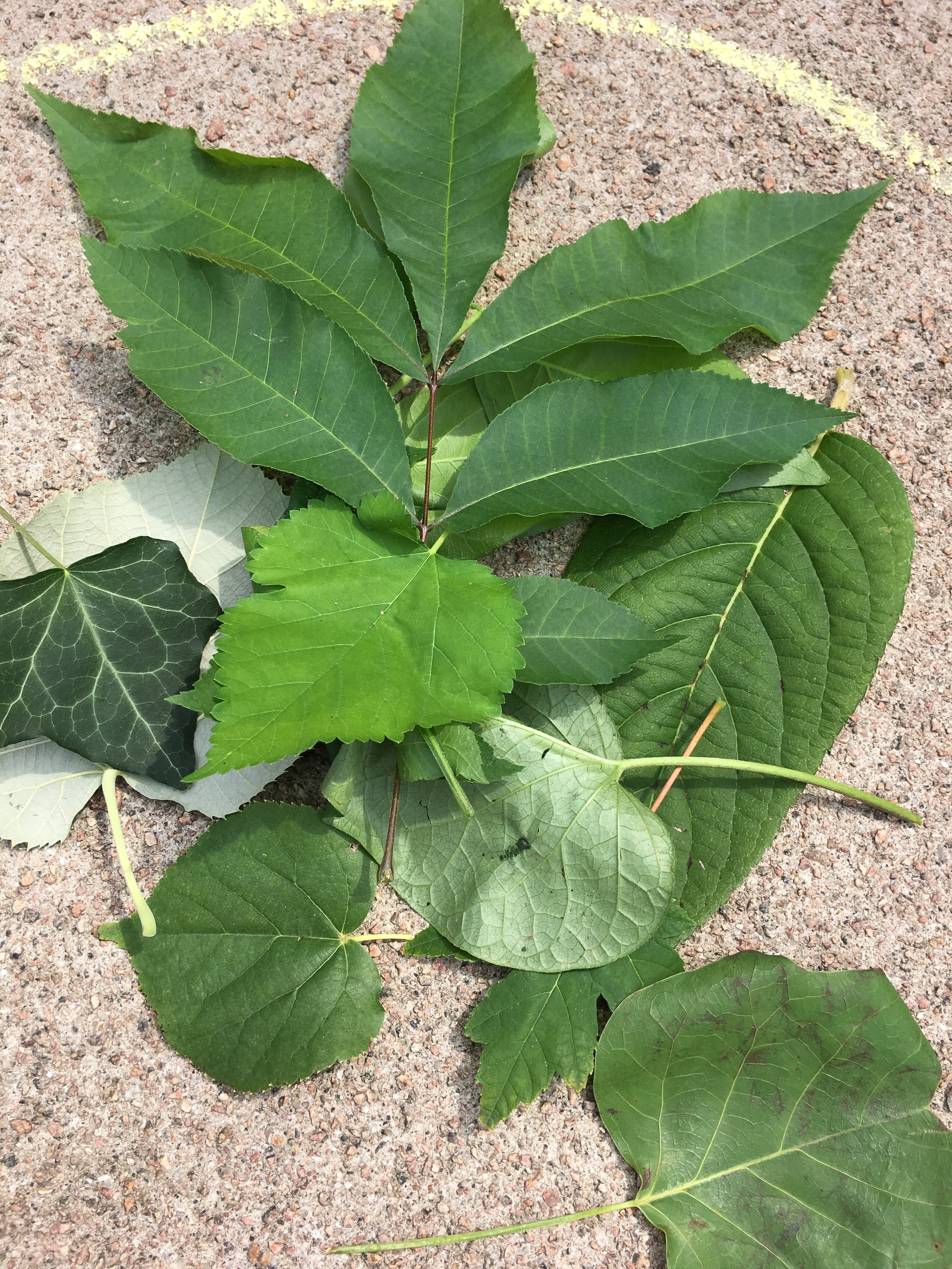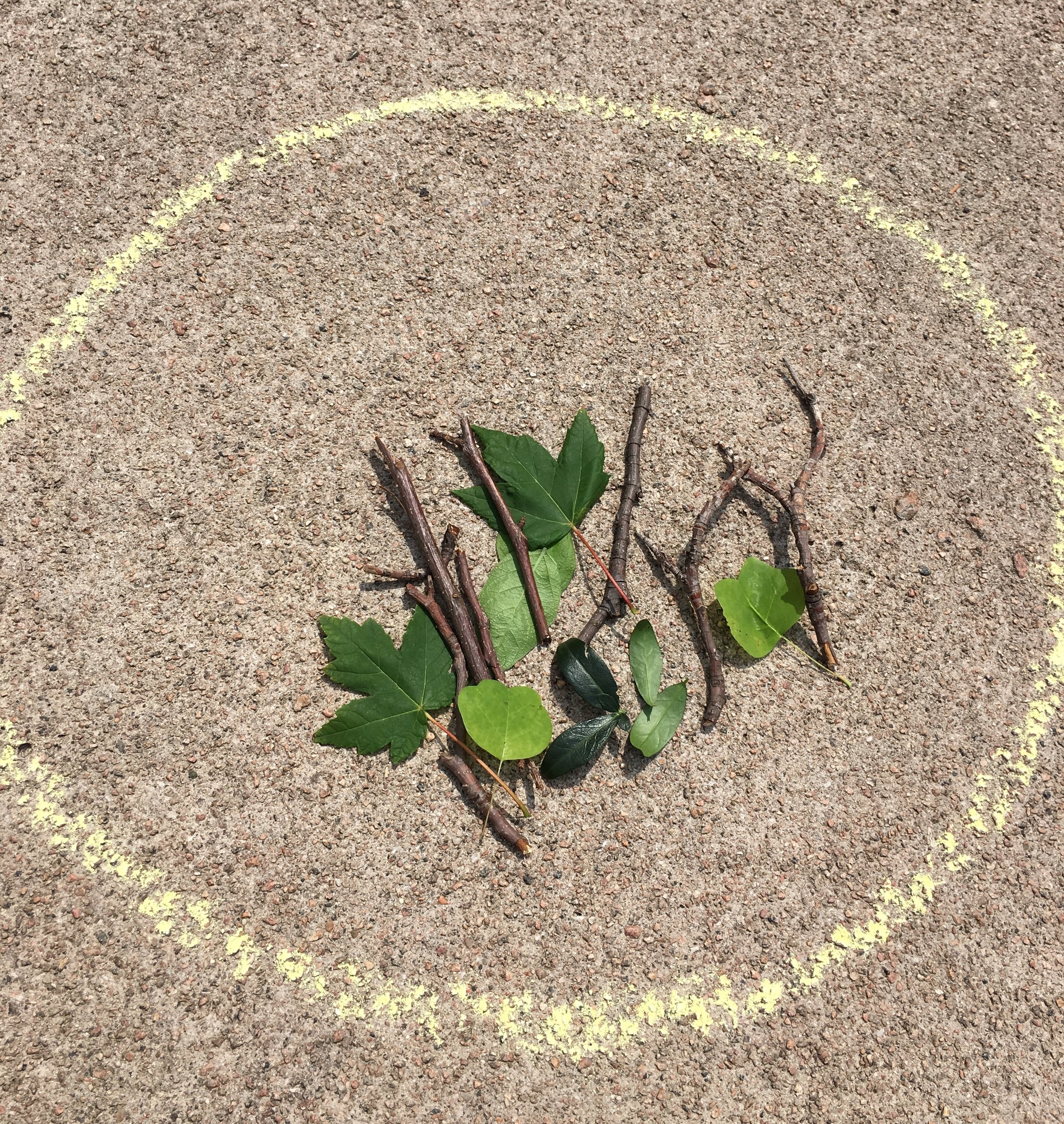“Counting can be used to find out “how many” in a collection.”
-Erikson Institute’s Early Math Collaborative
One afternoon I sat with a little boy looking at pods we collected from a vine growing on a nearby fence. I asked him to tell me how many there were.
Boy: 1, 2, 3, 4, 5
Me: Are you sure about that? How many are there?
Boy: 1, 2, 3, 4, 5
Me: Okay, so there are how many?
Boy: 1, 2, 3, 4, 5.
This interaction showed that the boy did not fully understand the purpose of counting. He knew the number names in order, however, he did not know that the last number counted was the quantity of all the items in the group.
He did not have what is called Cardinality.
“Although adults take it for granted because it is so familiar, the connection between the list of counting numbers and the number of items in a set is deep and subtle. It is a key connection that children must make.” -National Research Council, 2009 p25
Children who recite the number names in order may appear knowledgeable, however, a true understanding of counting occurs when children use counting to find out how many.
Playful invitation
1. Prepare: Gather about 12 small natural items and a few large leaves. For this activity I will use acorn tops and leaves.
Observe the child throughout the interaction. Use the Invitation to Play Documentation Tool to collect data.
2. Invite: Freddy Frog is looking for a pile of five! Will you help him find the perfect pile with five things?
3. Play: Place a leaf with 1, 2, or 3 items on it in front of the child.
Point to a pile and ask: How many do you think we have in this pile? (*Asking the child to predict provides practice labeling the set with a number at the beginning and allows you to assess their ability to subitize.) After they say a number- Let’s see if you’re right!
Model counting: Tap each item with your finger as you count OR count each item and set it to the side (*both strategies help to maintain order so the child does not get confused about which item was already counted)
After counting say: So that group has three! We counted, 1, 2, 3 and there are three in that group.
So how many did we have in that group? (assess their understanding that the last number counted is the amount of the group)
Is this the pile for Freddy Frog? Remember he wants five.
Next, point to another pile with a different amount between 1-5. Continue asking how many until you reach the pile of 5.
When the child finds the pile of five celebrate!
4. Reflect and Assess: Did the child predict? If so, they are showing some ability to understand quantity. Were they able to count using one to one correspondence? Did they retell the amount after the items were counted? Did they know whether the pile was right for Freddy Frog?
*Think about how you can adapt the activity based on the child’s interest.
i.e. “The dinosaur needs to eat exactly 5 leaves. Is this five leaves?” or “The bird needs five sticks to build her perfect nest. Is this five? Let’s count and see.” Continue to vary the number of items. Count together. Decide if it is the right amount or not.
Ready: In order to count to find out “how many” the child needs to know the count sequence in order and must understand that each number counted corresponds with one, and only one, item. This is called Rational Counting.
Ready to move on: The child easily counts a group of up to five items and then tell how many were counted.
Extend: Count higher numbers of items up to 10 to determine “how many.”
Practice the count sequence to 20. Also, select a number and practice counting on (i.e. Let’s count starting with 6.)
Math language
Cardinality- understanding that the last number counted represents the quantity of the
entire set.
Predicting- to make an educated guess.
Rote count- the ability to recite the count sequence in the correct order without understanding.
Rational counting: the ability to count in sequence and use one to one correspondence to determine the number in a set.
Subitizing- ability to quickly perceive a number without counting.
Resources
National Research Council , 2009, Mathematics learning in Early Childhood*
Clements, D.H., & Sarama, J. (2017)*
Mix, K.S., Sandhofer, C.M., Moore, J.A., & Russell, C. (2012)*
*full citation can be found on the Research Page

